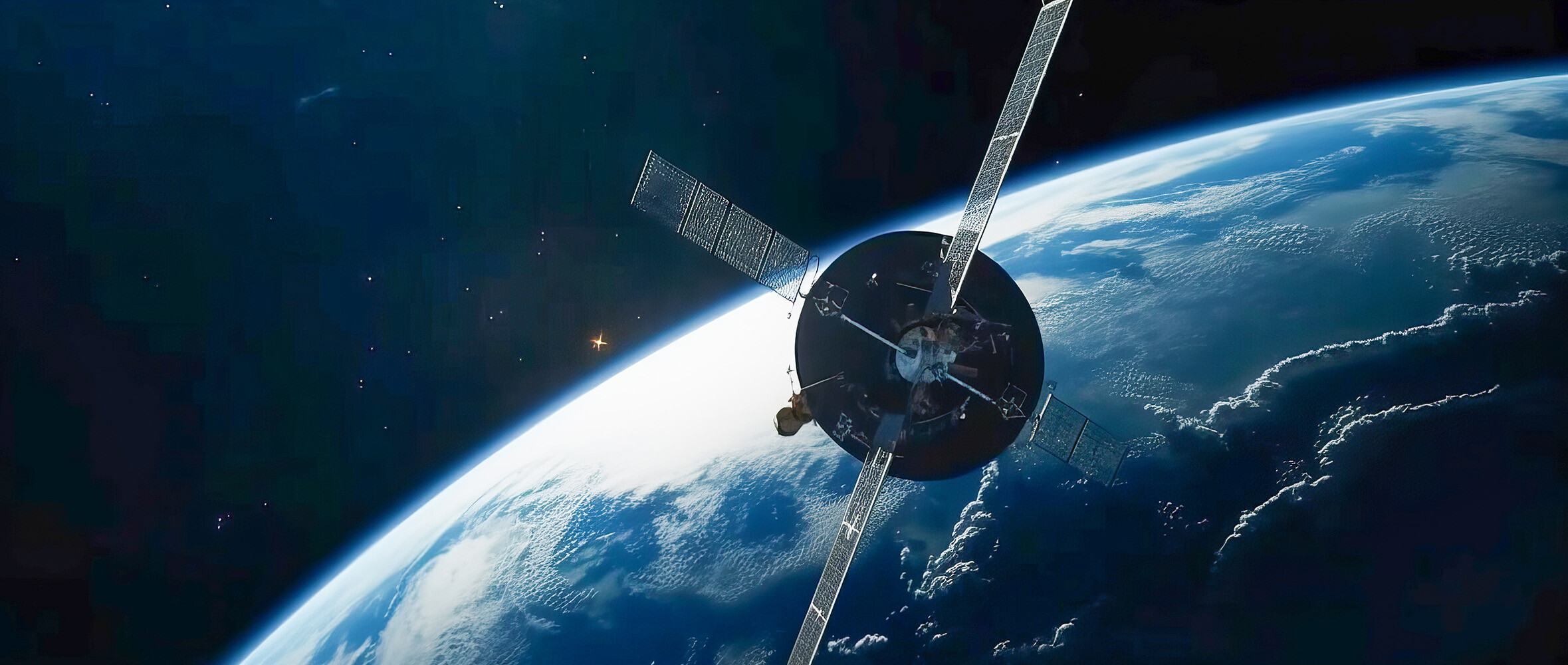
www.accelercomm.com/, Sept. 16, 2024 –
The past twelve months have seen Non-Terrestrial Networks (NTNs) continue to build considerable momentum within the mainstream mobile communications industry, with particular interest in how 5G can be used in a satellite environment. Recent research from the Global mobile Suppliers Association (GSA) showed that 50 operators in 37 countries and territories are planning satellite services, with 10 operators already commercially launched. Against this backdrop the likes of Starlink continue to grow in users and footprint, SES has acquired Intelsat, and Lockheed Martin is set to launch 5G LEO satellites later this year. All of this speaks to a sector in rude health, and one that is rapidly maturing. However, while this shift brings a range of exciting new possibilities, it also deliversT he past twelve months have seen Non-Terrestrial Networks (NTNs) continue to build considerable momentum within the mainstream mobile communications industry, with particular interest in how 5G can be used in a satellite environment. Recent research from the Global mobile Suppliers Association (GSA) showed that 50 operators in 37 countries and territories are planning satellite services, with 10 operators already commercially launched. Against this backdrop the likes of Starlink continue to grow in users and footprint, SES has acquired Intelsat, and Lockheed Martin is set to launch 5G LEO satellites later this year. All of this speaks to a sector in rude health, and one that is rapidly maturing.
However, while this shift brings a range of exciting new possibilities, it also delivers a new, unique set of challenges not faced by traditional terrestrial 5G. Even within the industry, discussions persist around how best to architect satellite-based 5G networks, taking into account factors such as signal processing, latency, capacity and efficiency, complexity and cost, reliability and redundancy, flexibility and scalability, and security.
The critical distinction between satellite and traditional cellular technologies lies in their orbit altitude and speed. Traditional Geostationary Orbit (GEO) satellites orbit at an altitude of approximately 35,000 kilometres above the Earth's surface, and while Low Earth Orbit (LEO) satellites are much closer, their orbits still typically range from 160 to 1600 kilometres in altitude, and they are moving at around ten thousand miles per hour - bringing some significant technical challenges.
The key to the success of 5G satellite services is the performance of the network, and it is very likely that those providers that do not achieve the required latency, coverage and throughput to match the expected service requirements will fail. Therefore, it goes without saying that to integrate satellite into 5G networks, you need the right technology. This starts with selecting the right antenna technology, radio front end, and the physical layer processor to ensure a high-reliability link without resorting to lower coding rates and low-order modulation schemes, thereby maximising spectral efficiency. This is particularly important in satellites where channel capacity is highly constrained in comparison to terrestrial networks.
The physical layer is a complex component containing all the real-time electrical and logical interface to the antenna. This includes resource-intensive processes such as channel coding and decoding, and other low-level functions. A key component of the 5G baseband processor is the forward error correction (FEC) algorithm, which in 5G is implemented using LDPC – a linear error correction scheme which helps to clean up things such as noise and interference that get in the way of reliable 5G data transmission. LDPC accelerators are used to greatly reduce power consumption and processor requirements for the 5G physical layer. However, the algorithm and architecture used to implement an LDPC decoder can
change its performance dramatically. This can be vital in satellite systems, where channel conditions pose greater challenges compared to terrestrial networks, and Hybrid Automatic Repeat Request (HARQ) retransmissions need to be avoided as they will dramatically reduce spectral efficiency.
One of the major questions facing satellite technology companies and operators is the architectural approach to take. There are two options for this; Regenerative or Transparent. Put most simply, the difference between the two options lies in where the 5G base station functionality is implemented. With transparent, also referred to as 'bent pipe', it is on the gateway on the ground, with the satellite acting as relay, whereas with regenerative the satellite is the base station.
The business decision-making factors for an operator selecting between architectures are complex and intertwined, involving business use cases and service requirements, acquisition and operational cost-benefit trade-offs, and deployment timelines and risks. There are advantages to be had with both approaches – but which is the best choice? The transparent architecture places lower demands on satellite payload processing, and is based on finalised standards (3GPP release 17). It is sometimes seen as lower risk, and lower complexity. As the gNodeB is based on the ground, it is accessible for maintenance, but global coverage is limited in remote, austere, and oceanic environments where ground stations cannot be installed.
However, a regenerative architecture supports inter-satellite links, which removes restrictions on coverage, and improves quality of service through lower latencies and lower bandwidths required for the feeder link. Less dependency on ground-based gateways also means global coverage, lower gateway costs, and the inter-satellite links also offer greater resiliency in the case of outages. Furthermore, by using programmable devices the regenerative solution can be upgradeable via software-defined radio (SDR), offering maintenance ease and adaptability to meet changing capacity requirements. At the same time 3GPP Standards are finalising with release 19 anticipated soon which will support this architecture.